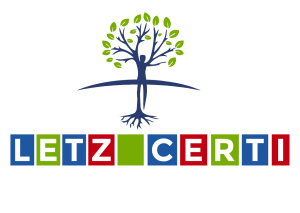Description
– for Sustainable Business Development and Sustainable Corporate Communication
Introduction
Sustainable certification and labelling is the art of conveying a documented, sustainable message in a simple, credible, and symbolic way.
Certification acts as a bridge from manufacturer to customer, whether they are private consumers or professional purchasers in private or public companies. Certification will act as a guiding star when companies strive to transform products, services, companies, industries, and societies as such towards a greener and more sustainable world.
Sustainable certification will typically address one or more of these four areas: health, environment, economic and social conditions. Most certifications focus on products. Some on services, and only a few embrace the entire business of the company.
This book will guide companies in their use of global certification. The independent, third-party oriented and multi-stakeholder defined certifications create credible and trustworthy communication about products, services, and companies.
It is all about acting strategically, in order to improve the environment, health, economy, and social conditions. It is about documenting the transition to a more sustainable business world.
By reading the book and adapting the insights you will get an overview of the most important global certification schemes, which are based on independent third-party certification. There are eighteen of them. You will gain insight into the inherent characteristics of each certification.
The book provides a tool for assessing and comparing global certifications, which might be helpful when you wish to choose the most appropriate for your business, your products and your customers. The tool is named The Butterfly Model. First, it was developed in full transparency together with all involved certification schemes and hundreds of businesses and published in a Danish book named: MÆRK DIN FORRETNING (2018) or “Certi Your Business”. In that book the authors reviewed 51 certifications relevant to the Danish market. In every specific market you will find both global and local certifications relevant to consumers, companies, and public purchasers. Still, many local certifications are rather popular – especially those addressing food and beverages.
In this book, you will get a coherent description of the importance of the eighteen global certifications which are relevant to consumers all over and to companies doing business globally or on more than one continent. You will get an assessment of the individual certifications, including an assessment on how well they address the seventeen Sustainable Development Goals regarding their criteria and standards.
After the run-through of the certifications you will find a training module; a checklist and a roadmap on how to choose the certifications best suited for your company. A roadmap to success.
The book can also be used as a reference guidebook.




